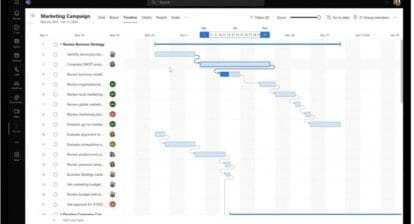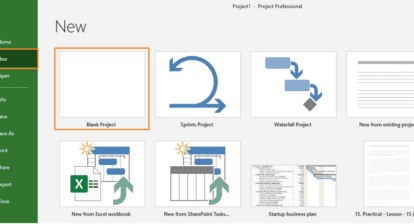In any project management process, there is one shared concept — to define and set clear goals. Achieving the goal may vary depending on which method the PMO director chooses.
Some projects may be simple without the need to track data in detail. But some may require deep analysis and resource planning. As a result, PMO directors or PPM administrators should choose a project management system depending on their project portfolio management needs.
What can the project management system chosen wrong lead to?
Not considering all possible organization’s needs can lead to incorrectly chosen project management systems. It can lead to multiple challenges:
- Miscommunication
- Poor project planning
- Inefficient project administration
- Goals are not achieved
If any of the above challenges describe your current situation, you need the right tool for enhanced project management.
Find a way out to improve the situation
There are plenty of management platforms to choose from. Microsoft is one of the market leaders with several PPM software tools available. Microsoft Planner is suitable for teams with simple task organization. On the contrary, Microsoft Project provides deeper analysis.
Microsoft Project or Microsoft Planner?
Microsoft Project and Planner both feature task management, project scheduling, and resource assignment. But these systems are entirely different.
Microsoft Planner is free, and it’s included in Office 365 project subscription package. On the other hand, to use Microsoft Project, you need to buy a separate license.
What is Microsoft Planner? A cloud project management system is usually used for a Kanban board method when dealing with easy task management. Team members can collaborate and update tasks on the board. To meet your specific needs, this system can be configurated for the team’s workflow. It allows to group tasks by Bucket, Assignments, Labels, Status, and Priority. One more feature is that MS Planner easily integrates with Microsoft Teams.
Talking about Microsoft Project usage – it is more advanced. You can monitor deeper time-phased project data, including task dependencies, baselines, roadmaps, programs, portfolio management, etc. Teams get entirely involved. Work effort can be assigned to resources based on task duration. Team members can interact with assigned tasks (create, update, and resolve them), track time. Tasks can be managed in a grid, timeline, board view filtering by Bucket, Progress, and Finish Date.
Stop losing opportunities
Comparing Microsoft Planner vs Microsoft Project, it’s hard to say which one is better. Organizations need to choose the one that satisfies all their needs. But there is just one clear thing that you can’t keep working just in Excel. You certainly need to choose a project management system if you don’t want to get poor cross-team collaboration and ineffective project management.
In case you decide to use both, check out how to deal with multi-platform integration strategies, approaches, and challenges.
This article was original posted on the Fluent Pro website.








